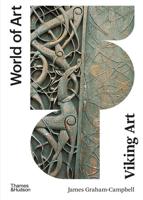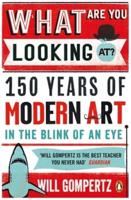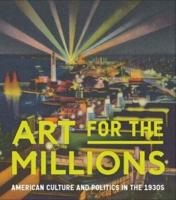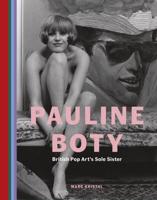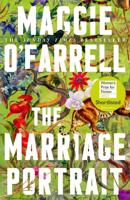Publisher's Synopsis
Gifted, intelligent, and always unpredictable, Walter Sickert (1860-1942) is a singular figure among the generation of brilliant characters of the fin de siècle. He holds a unique position in Modern English painting, being equally at home in London and Paris. He lived and worked for extensive periods in Dieppe and Venice and was an important link in the connection between English and French painting in the latter part of the nineteenth century. After an important apprenticeship with Whistler, he changed his allegiance to Degas and adopted his method of painting from drawings. Drawing became the activity by which Sickert extracted what he called 'the visual facts' enabling him to paint from drawings in the studio. Sickert investigated the visible world, making innumerable notes on any scrap of paper; he also made detailed drawings as studies for his paintings. It is these drawings which are the subject of this book drawings that are directly connected to some of his most important paintings, some of which are also reproduced. The text is in two parts, The Artist's Progress through the eyes of his contemporaries and The Painter's Eye, which examines Sickert's lifelong quest to find the best way to use oil paint and how drawings were made as blueprints for the paintings. As Sickert has written widely about drawing, the book contains a series of relevant passages from his critical writings. The author, Lou Klepac, has had a long interest in Sickert's work. He organised a large Sickert Retrospective for the 1968 Adelaide Festival and in 1979 an exhibition of Sickert Drawings at the Art Gallery of Western Australia which was also shown in other State Galleries.

